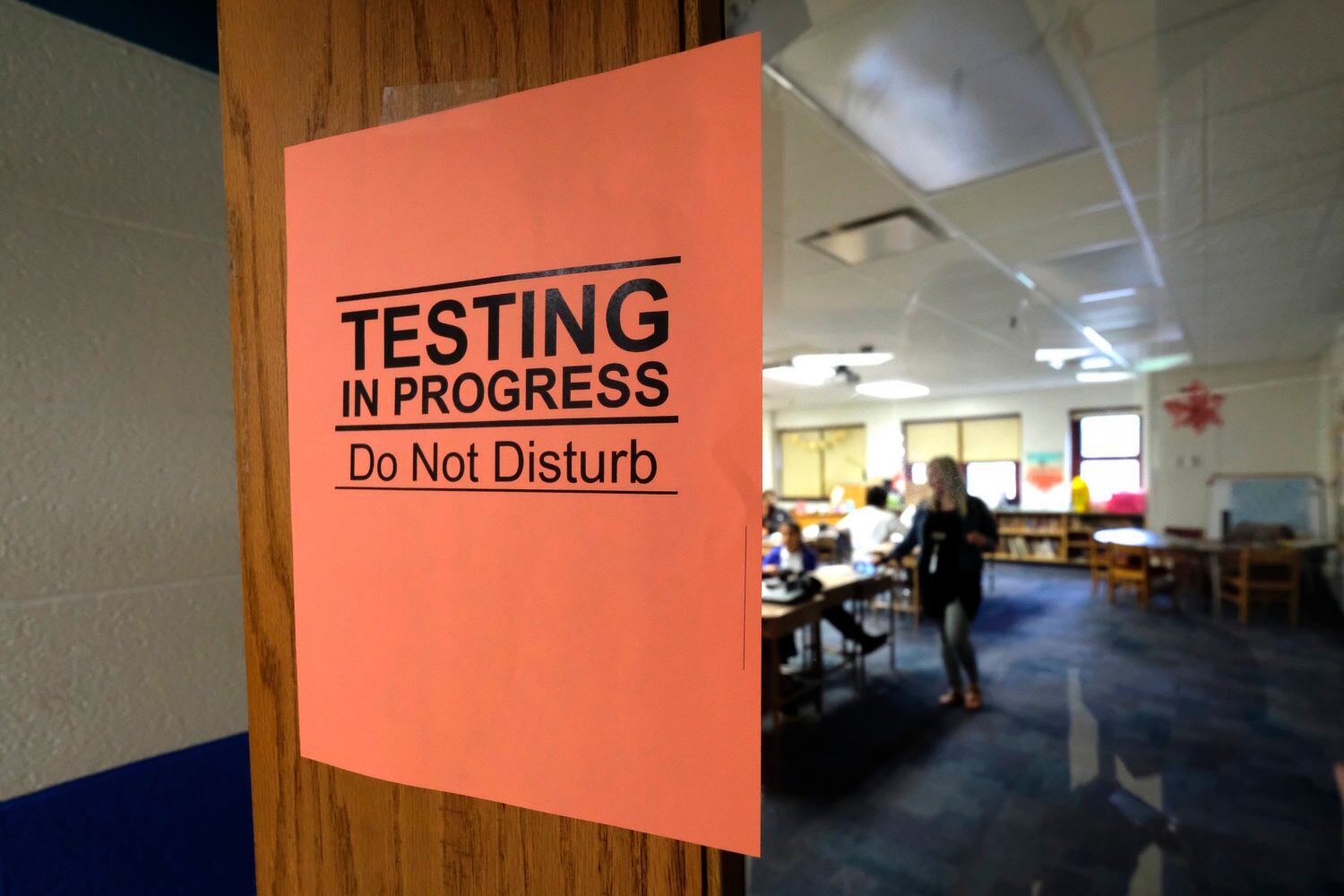Chalkbeat has obtained more detailed information about how schools are educating students, months after 2019 A-F grades were criticized for holding little meaning due to a two-year hold harmless exemption that shielded schools from falling grades.
The unredacted A-F grades, released by the state after a public record request, include schools’ growth scores, which offer new insight into whether they are helping students catch up to grade level. The growth scores, searchable in the database below, measure students based on how much they learn in a year compared to their peers. They give potentially crucial information in a year when state standardized tests were canceled and students will miss months of in-person instruction in light of the coronavirus pandemic.
“For us, the growth is critically important,” said Jeff Butts, superintendent of Wayne Township Schools. “It’s something that we analyze on a much deeper level.”
Many experts and advocates argue that growth scores, which make up one piece of a school’s state grade, are a better way to judge whether schools are serving students well than passing rates on tests because they capture gains at schools where children are far behind when they enroll.
In districts like Wayne, where mobility and poverty are high, student test scores are driven by factors teachers cannot control, Butts said. Growth data offers better insight, he said, because students who do not pass the state’s ILEARN exam can still score well if they show improvement.
The state department of education didn’t initially release growth scores when A-F grades were released in March, saying at the time that doing so would “undermine the hold harmless.” This year, the state protected A-F grades from falling because of low passing rates on a new, more difficult test.
Because of that, A-F grades looked rosier this year than how schools actually performed on tests. With the protection in place, about 32% of schools received top marks, and about 11% got the lowest grades.
But more than 1,000 schools — more than half statewide — would have earned a lower grade without the hold harmless, the data show. Statewide, 14% of schools would have earned A grades while about 33% of schools would have earned D or F grades.
Many educators argue that the declining grades would be a reflection of the changing test rather than an accurate representation of student’s knowledge or teacher’s success — a common critique of Indiana’s accountability system.
“A school isn’t a B one day and then suddenly they’re an F, that’s not realistic,” said Krista Stockman, a spokeswoman for Fort Wayne Community Schools, where several schools would have seen their grades fall if not for the hold-harmless provision. “This isn’t something that we spent a lot of time doing an autopsy on.”
Unlike A-F grades themselves, growth scores are not easy for the public to understand, and it’s difficult to draw any statewide conclusions about growth. But education leaders, observers, and policymakers rely on them to judge how schools are doing comparatively. In Indianapolis Public Schools, for example, officials typically use growth as a factor in assessing which schools are struggling the most.
Like a number of states, Indiana uses a hybrid formula for growth, known as “growth to proficiency,” that also accounts for how close students are to meeting state standards. This approach favors schools with students who enter at higher levels, which also corresponds to family income. Schools with low proficiency, however, can still earn top marks on growth.
“I would hesitate to say we should keep data like this in the closet,” said Rep. Bob Behning, House Education Committee chairman. “I think we should be as transparent as possible and let parents make the decision… I think you’d want to know why [one] school was able to do so much better than [another] school.”
Parents should be entitled to full information, said Justin Ohlemiller, executive director of Stand for Children Indiana, a parent organizing group that often shows parents state letter grades for their own schools.
“Never have we had a parent tell us, ‘Hey, it’s better if the system kept information from us,’” said Ohlemiller. As his organization has spoken to parents during the coronavirus crisis, one of the top issues they bring up is whether their children will be behind because they missed school.
“Now is definitely a time where our system needs to provide more transparency, more data,” he said, “because parents are hungry for it.”
Indiana officials ultimately decided to release the information after further discussion, which was delayed because of the coronavirus pandemic, said education department spokesperson Adam Baker.
“It is never our objective to keep from the public, let alone the media, that which helps tell a more complete story of Indiana education,” Baker wrote in an email to Chalkbeat.
Find your school’s 2019 growth score and projected A-F grade in our database below. Download the full data here.





